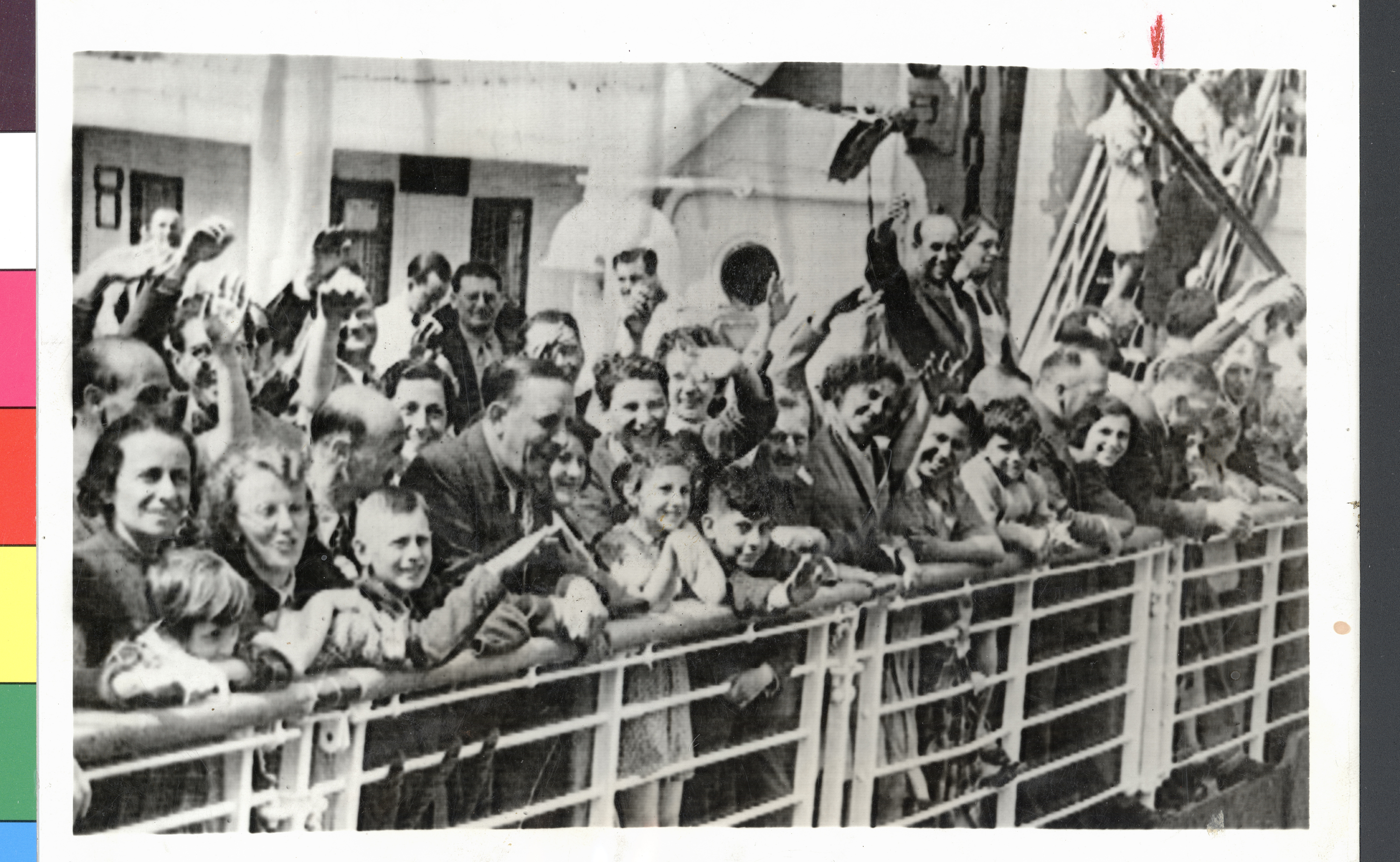Written by Irving Abella and Harold Troper, None Is Too Many: Canada and the Jews of Europe 1933–1948 (published in 1982), documented antisemitism in the Canadian government’s immigration policies as they applied to European Jews fleeing persecution from Nazi Germany. The phrase “none is too many” entered the Canadian political lexicon largely because of this book. Even before its publication, the book played a crucial role in changing the Canadian government’s policies toward refugees, such that the government of Joe Clark welcomed Vietnamese refugees then referred to as the “Boat People.”

None Is Too Many
None Is Too Many: Canada and the Jews of Europe 1933–1948 caused a sensation in Canada because it challenged the commonly accepted myth that Canada had always been a country that welcomed immigrants and refugees with open arms. Authors Irving Abella and Harold Troper revealed that the Canadian government was not only discriminatory in its immigration policies, but antisemitic as well. They discovered thousands of letters written by European Jews seeking refuge in Canada from the growing Nazi threat (see also Canada and the Holocaust). Time and again, the Canadian government’s response was to tell those people to look elsewhere. Abella and Troper determined that Canada had one of the worst records among the developed nations of the world, accepting just 5,000 Jews during the Nazi period (1933–45). It was only after the establishment of the State of Israel in 1948 that Canada began accepting Jewish immigrants in larger numbers.
Did you know?
The phrase “none is too many” is often attributed either to prime minister William Lyon Mackenzie King or to Frederick Charles Blair, director of the immigration office during the King administration. According to Abella and Troper, however, it was uttered by an unnamed senior government official who was asked in 1945 how many Jews should be admitted to Canada.
One of the most infamous cases from that era was that of the ship MS St. Louis, which was denied the right to disembark in Halifax harbour. The St. Louis was carrying over 900 European Jews seeking refuge in North America; it had already tried to disembark its passengers in both Cuba and the United States but had been denied. Despite the lobbying of some prominent Canadians to accept the refugees, Justice Minister Ernest Lapointe and Frederick Blair, director of the Government of Canada’s Immigration Branch, refused the request. Abella and Troper discovered that Blair’s antisemitism was well known and supported by powerful members of the political class, including Vincent Massey, a leading diplomat and future governor general.
Impact of None Is Too Many
The success of the book surprised Abella, who didn’t think it would generate the attention that it ultimately received. Not only did the phrase “none is too many” enter the Canadian lexicon; it also, according to Abella, became “an ethical yardstick against which contemporaneous government policies are gauged.”
The book had an important impact on government policies toward refugees, even before its publication in 1982. In the late 1970s, advance copies of several chapters were sent to Canadian Immigration Minister Ron Atkey. At the time, Canadians were debating whether the country should accept refugees from Southeast Asia. (See Canadian Response to the "Boat People" Refugee Crisis.) Popular opinion was divided, and Atkey wasn’t sure what was the best course of action; however, reading the advance chapters of None Is Too Many convinced him that the mistakes made by the King government during the 1930s and 1940s should not be repeated. In stark contrast to Canada’s earlier record, the country welcomed about 200,000 refugees from Vietnam, Laos and Cambodia in the late 1970s and early 1980s, the highest rate per capita among all the nations accepting refugees from Southeast Asia.

 Share on Facebook
Share on Facebook Share on X
Share on X Share by Email
Share by Email Share on Google Classroom
Share on Google Classroom